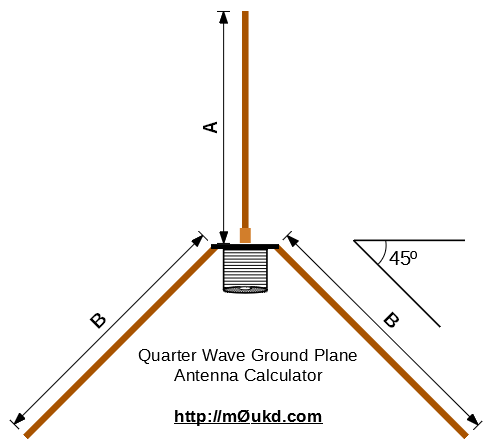
Aug 04, 2009 In order to achieve the intended alignment model of the formulas in the calculator, you must try and get these numbers as close to the same as each other. So if the “1/4 Wave Tuning Point” is 41.5 hertz, try to get the “Port Frequency 1,” “Port Frequency 2,”. Oct 14, 2012 - Then there is the box rise!! This is a killer, lesson for some other day. 40hz quarter wavelength is only 7.06ft long (round to about 7ft). So, heres the formula, its simple, you would just need a pen, paper, and calculator.

Tapered Quarter Wave Pipes EXPERIMENTS WITH TAPERED PIPES BY DAVID B. WEEMS Speaker Builder 2/87 If you run into trouble, use the line as a dog house and design either a closed box or reflex enclosure for your woofer. For champions of transmission lines who are disturbed by those frivolous words, here is a peace pipe. Or, to be more specific, a tapered pipe, like the labyrinth, the tapered pipe makes use of quarter-wave loading. Unlike the labyrinth, the driver is placed some distance from the end of the pipe.
Tapered pipes were popular in Britain years ago, but except for a small amount of damping material behind the driver, they were bare-walled. In fact, the de-signer of one 1960s pipe enclosure said damping material in the pipe would spoil the performance? The stuffed tapered pipe is an alter-native to those designs.
Voigt was the first to use the 'stopped' pipe, which is similar in action to an organ pipe. In 1949, Ralph West developed the Decca comer speaker. Micrografx picture publisher 8 gratis. Both systems had relatively small drivers. The principle behind the pipe is shown in Figure1 The sketch in Fig.
La shows relative pressure and velocity in a closed pipe at resonance. Pres-sure points occur at nodes, high velocity points at loops. If you mount a speaker at the closed end of the pipe it will be loaded by the high pressure at that end, greatly increasing efficiency. Camel heat load calculation software download. Two problems hinder this arrangement. First, the pipe's fundamental frequency is so strongly favored, low frequency performance can sound like one-note bass.
Another disadvantage is odd harmonics production. The first harmonic is the most serious, occurring at three times the fundamental's frequency Fig1c. To connect it, place the driver at one-third the distance from the pipe's stopped end Fig1d. At that point, the pressure will become somewhat lower than at the closed end, but still high enough to provide good loading at the fundamental. At the first harmonic frequency, the drive point occurs at a loop instead of a node, and output will be reduced. Voigt tapered the pipe to reduce the one-note effect and to spread the resonance over a band of frequencies Fig1e.
In later versions, the throat area was reduced to zero for smoother response and the driver installed at the midpoint of the line Fig1f. More about that later, The English builders of a generation ago designed their pipes for a single-cone 8' driver.